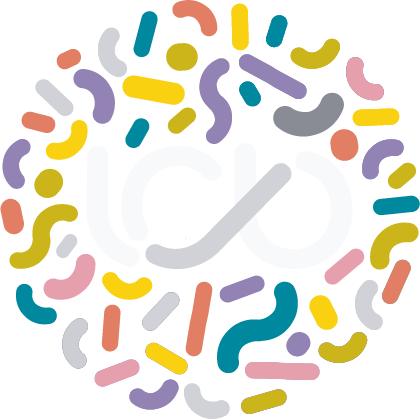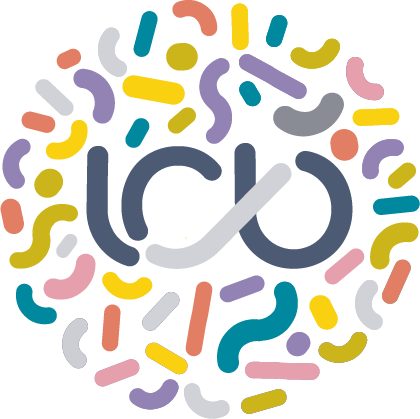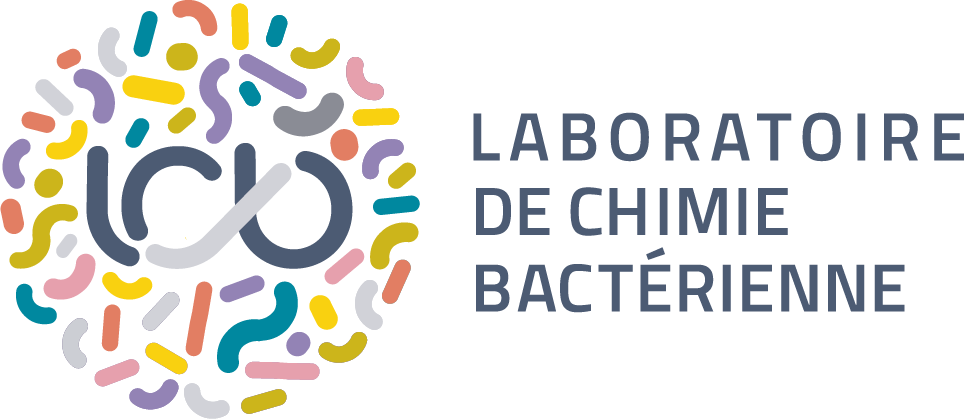Félicitations à Julián Bulssico qui a reçu le Prix de Thèse de la Société Française de Virologie lors des dernières Journées Francophones de Virologie à Bruxelles.
Congratulations to Julián Bulssico who received the Thesis Price from the Société Française de Virologie during the last Journées Francophones de Virologie in Brussels.

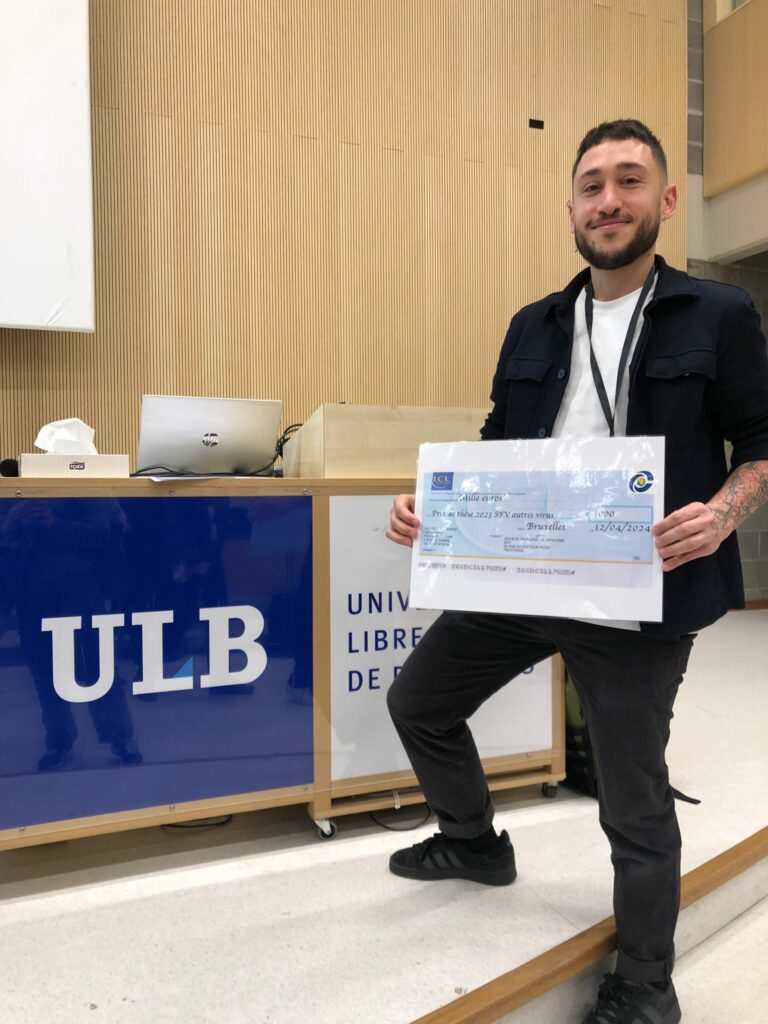
Thesis summary
Antibiotic resistance is a major threat to public health, pushing the scientific community to develop alternative strategies. One of these is therapy combining bacteriophages and antibiotics, which is already administered in compassionate care. The combination of these two types of antibacterial, indeed, often displays a synergistic effect. This can be observed as enhanced phage propagation within a bacterial population in the presence of antibiotics. Despite the importance of such interactions, the molecular basis of synergy is far from being fully deciphered. The main focus of this project is to thoroughly characterise phage propagation in the presence of antibiotics. To achieve this, we developed powerful microscopy and image analysis techniques to visualize phage infection with single-cell resolution under different conditions. Our results suggest that synergy is remarkably conditioned by the structuration of the media in which phage and bacteria interact: In well-mixed, liquid environments we assessed the impact of filamentation-induced antibiotics on phage predation. We observed that impaired bacterial division enhances phage killing. Additionally, our novel tracking techniques allowed us to quantify the heterogeneity in phage infection. We observed that, due to their enlarged sizes, filaments are infected and lysed more often than regular-sized cells, which surprisingly limits bacterial mutagenesis. In semisolid media, we measured the impact of two synergistic antibiotics on both phage and bacteria, expecting to find common effects that could explain enhanced phage propagation. We concluded that antibiotic-induced changes in bacterial morphology are crucial for the occurrence of synergy, and that two different altered shapes (spheroids and filaments) can lead to this effect. A particularity of this thesis work is that we present, on each case, a mathematic model to predict the observed synergistic interactions either in liquid or semisolid media. A remarkable feat that stresses the importance of interdisciplinary scientific approaches. Finally, in a last section we present a model to study phage adaptation to resistant hosts in spatially structured media. For this we created a minimalistic system allowing the experimenter to control the stringency of the resistance with insights on the nature and frequency of phage adaptation. This could lead to the study of phage adaptation in the presence of antibiotics or different conditions. Overall, this thesis work presents new insights on the intricate interplay between phage, antibiotics, and bacteria, contributing to the characterization of epidemic propagation in bacterial populations suffering different types of stress, highlighting the role of the degree of spatial structuration of the system.
